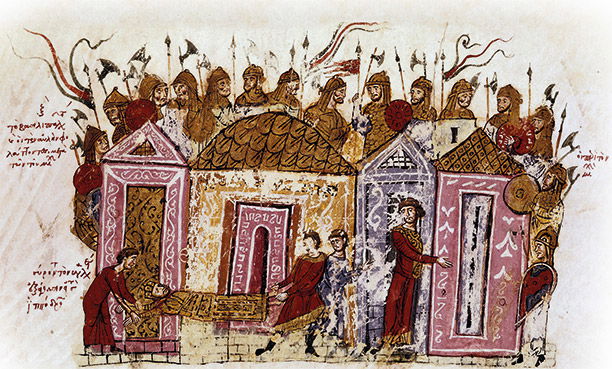Crusades: The View from the East
The popular image of crusading is derived almost entirely from western accounts of the victorious First Crusade. Yet when historians examine Byzantine sources about the campaign a very different picture emerges, argues Peter Frankopan.
 On June 7th, 1099 the knights of the First Crusade reached the imposing walls of Jerusalem, the holiest city in Christendom. The journey had been long and painful. A vast force had set out for the east nearly three years earlier, roused by a passionate call to arms by Pope Urban II, who spent months criss-crossing France to galvanise support for a massive expedition to liberate the place where Jesus Christ had lived and was crucified.
On June 7th, 1099 the knights of the First Crusade reached the imposing walls of Jerusalem, the holiest city in Christendom. The journey had been long and painful. A vast force had set out for the east nearly three years earlier, roused by a passionate call to arms by Pope Urban II, who spent months criss-crossing France to galvanise support for a massive expedition to liberate the place where Jesus Christ had lived and was crucified.





